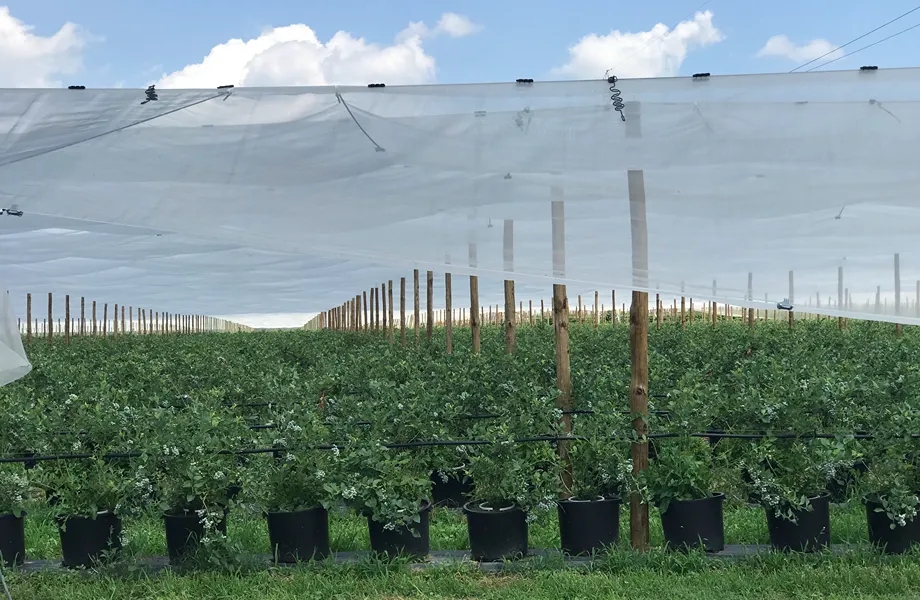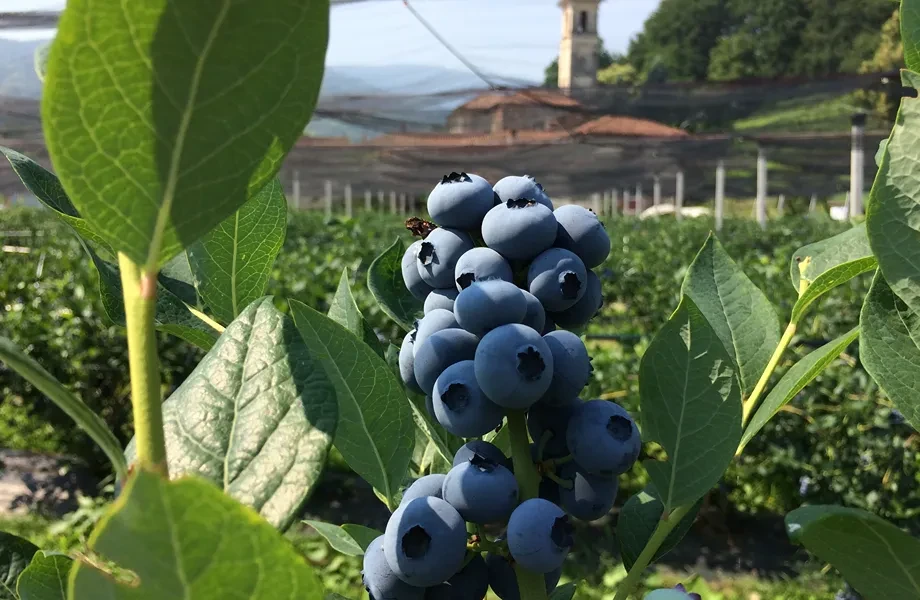According to data published by Agrion, the area cultivated with blueberries in Piedmont grew from 561 hectares in 2019 to 697 hectares in 2023. This result places Piedmont as the leading blueberry-producing region in Italy, with more than double the area compared to Lombardy, ahead of Veneto and Trentino-Alto Adige.
Of the 697 total hectares, 235 hectares are cultivated under organic farming, while 457 hectares are dedicated to integrated production. The organic area therefore represents 34% of the total blueberry cultivation in Piedmont.
The average farm size has shown regular growth: from 3000 m² in 2006 to 5900 m² in 2023. Despite the increase, the areas remain on average below one hectare per farm.
Between 2021 and 2023, the number of farms remained substantially stable for both organic and integrated production. On the other hand, the area cultivated under integrated production recorded an increase, rising from 429 hectares to 459 hectares.

The province of Cuneo concentrates 550 hectares of cultivated area, equal to 78.9% of the regional production, followed by Turin with 108 hectares. The other provinces individually do not exceed 2% of the regional area.
In the province of Cuneo, the first nine municipalities concentrate 79% of the area cultivated with blueberries. The municipality of Revello ranks first, with 181 hectares cultivated in 2023 and an average area of 1.6 hectares per farm. Followed by Saluzzo with 64 hectares and Envie with 36 hectares.
The municipality of Lagnasco holds the record for average farm size, with 2.3 hectares, a value about four times higher than the regional average.








